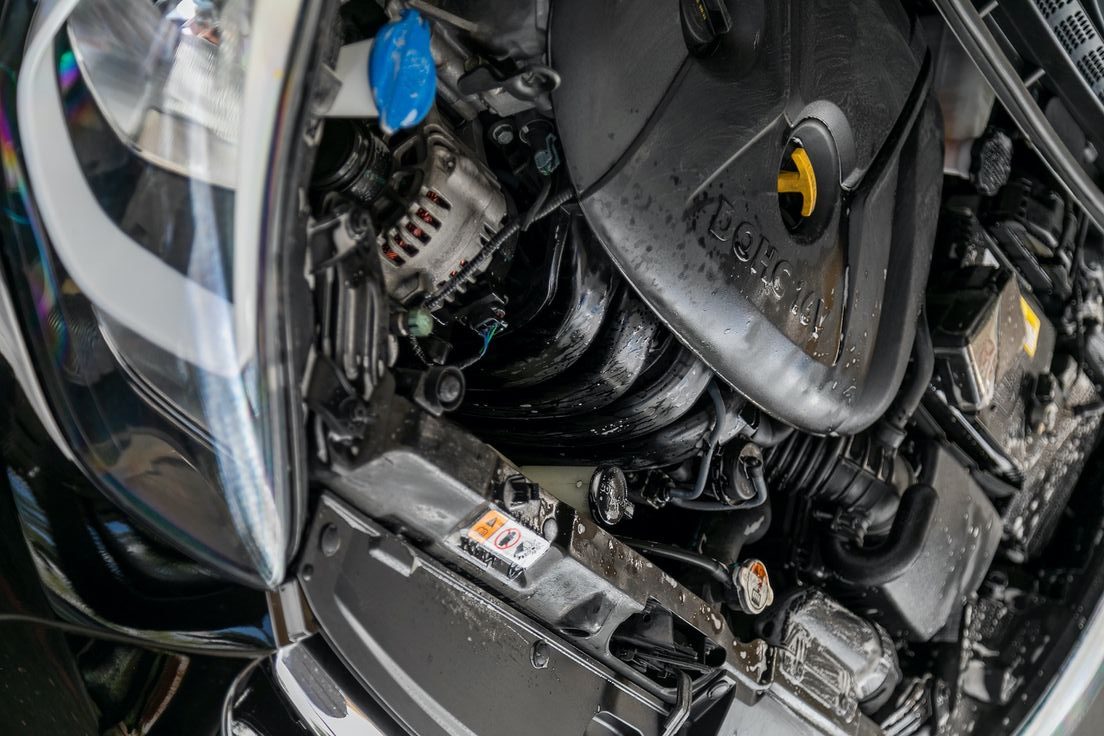As gas prices bounce like a ping-pong ball, car owners everywhere are looking under the hood for some relief. If you’re someone who watches fuel prices like the stock market, then you already know that not all engines play fair at the pump.
Some powerplants guzzle only the finest, most expensive premium fuel—and they’ll throw a mechanical tantrum if fed anything less. Others? They run like champs on 87-octane and laugh to 300,000 miles. In a world where fuel economy and long-term ownership costs matter more than ever, choosing the right engine for your wallet and driving habits is crucial.
We’re diving deep into five engines that thrive on regular, cheap gas and five that demand premium or die trying. These aren’t just spec-sheet comparisons—we’re talking real-world longevity, performance, and reliability tied directly to fuel type.
Whether you’re a gearhead planning your next tuner project or a daily commuter just trying to save a buck, this guide separates the gas sippers from the premium snobs.
From Toyota’s bulletproof fours to BMW’s turbocharged royalty, this list highlights what you need to know before buying used—or regretting your lease. So buckle up and brace yourself for some fuel truth bombs. Because not all engines are created equal, and some have expensive taste.
5 Engines That Thrive on Cheap Gas
These legendary engines were engineered with real-world drivers in mind. No premium blends, no fuss—just raw, dependable performance from regular 87-octane.
ALSO READ: 5 Cars With AC Systems That Last a Lifetime and 5 With Constant HVAC Repairs
1. Toyota 2.4L 2AZ-FE (Camry, RAV4, Scion tC)
Let’s kick off with one of the most dependable four-bangers of the 2000s: the Toyota 2AZ-FE. Found in Camrys, RAV4s, and even the sporty Scion tC, this 2.4-liter inline-four isn’t flashy, but it’s legendary for a reason. It was built during Toyota’s golden era of bulletproof reliability, and part of that formula was its ability to run beautifully on the cheapest gas at the station.
The 2AZ-FE doesn’t demand high-revving heroics. It’s designed to last, often clocking 300,000+ miles with basic maintenance. Owners praise it for sipping 87-octane without any knock or hesitation, keeping running costs ultra-low. Even when it’s abused with poor oil changes or long intervals, this engine refuses to die.
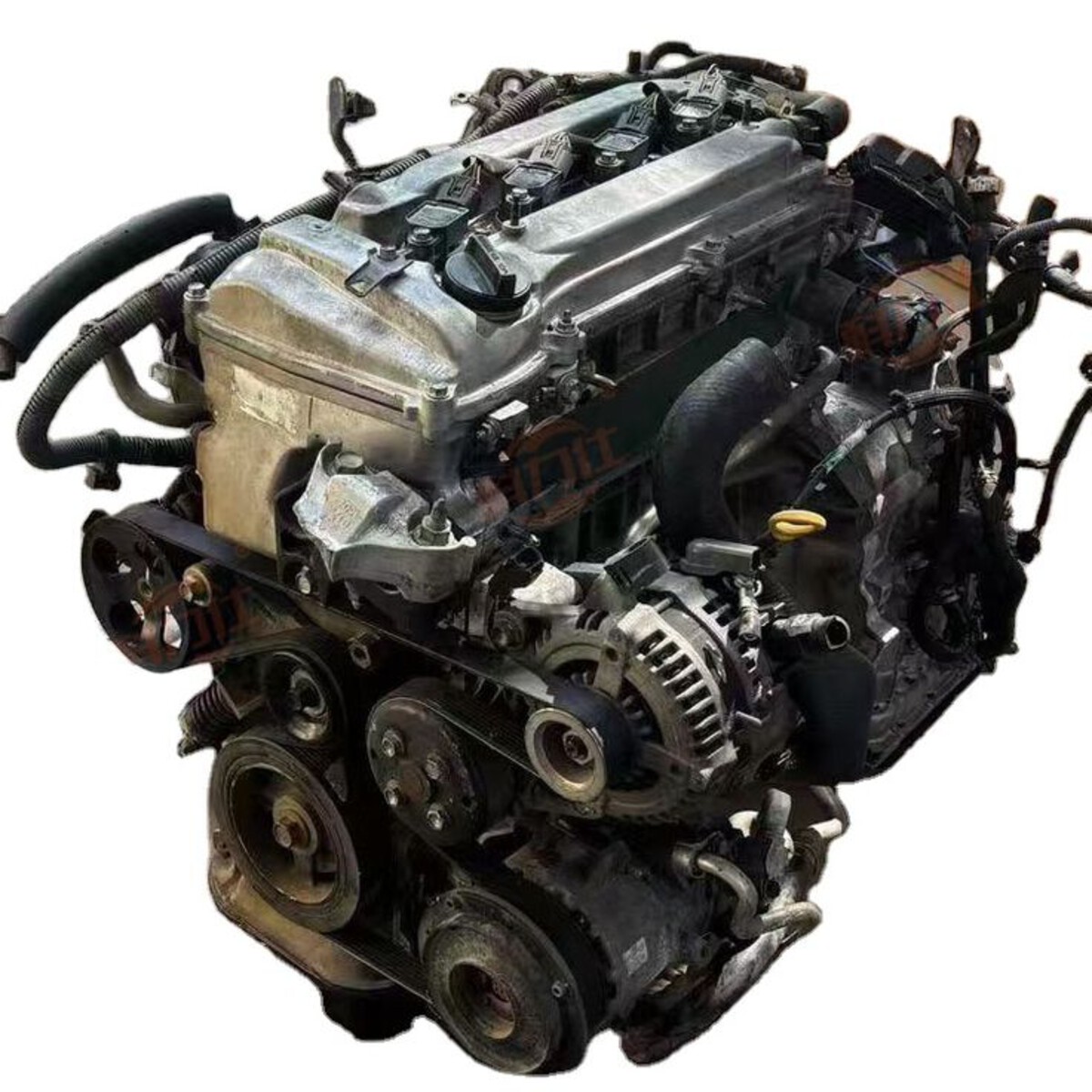
Sure, it won’t win any drag races, but pair it with an automatic transmission and it’ll pull a family of four and a trunk full of groceries like a champ. For budget-conscious drivers, this is an engine that works with you, not against your wallet.
It’s not immune to minor issues like oil burning in higher-mileage models, but nothing catastrophic. If you’re looking for an engine that delivers stress-free ownership and never makes you second-guess using regular gas, the 2AZ-FE deserves your full respect.
2. Honda 1.5L L15B7 Turbo (Civic, CR-V)
Turbo and regular gas? Sounds like a gamble, but Honda’s 1.5L L15B7 manages to make it work. Found in the newer Civic and CR-V models, this Earth Dreams engine was designed with modern fuel economy in mind. Unlike many turbocharged mills that demand premium, this one happily accepts 87-octane—and performs surprisingly well.
Producing around 174 horsepower (depending on model), the L15B7 delivers punchy performance with wallet-friendly mileage. Daily driving, road trips, or city commutes—it handles them all without requiring a premium to avoid knocking or degradation.
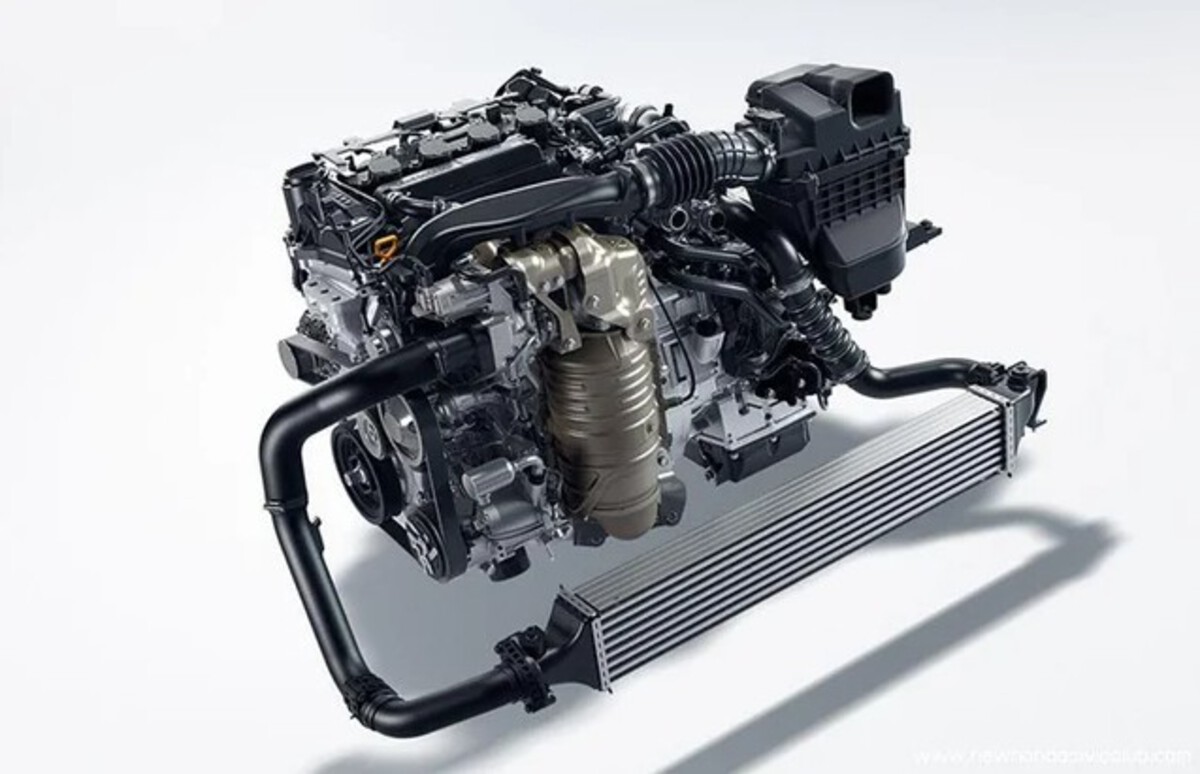
Honda’s direct-injection and clever engineering keep detonation under control even on regular fuel.
Now, there were early complaints about fuel dilution issues in cold climates, but Honda addressed those with updates and recalls. Aside from that hiccup, this engine has proven to be durable, efficient, and easy to live with.
For folks who want the benefits of a modern turbo without the premium gas premium, the L15B7 is a rare gem. Maintenance is relatively low-cost, and it’s backed by Honda’s reputation for longevity.
In the world of forced induction, this engine is the rare unicorn that plays nice with your wallet and the pump.
3. Ford 3.0L Vulcan V6 (Taurus, Ranger, Escape)
The Ford 3.0L Vulcan V6 is the mechanical equivalent of a trusty old work boot: not pretty, but it’ll never let you down. Found in everything from the Ford Taurus to the Ranger and Escape, this pushrod V6 was a staple of affordable American motoring for decades, and it loved cheap gas.
Introduced in the ’80s and running strong well into the 2000s, the Vulcan doesn’t need high octane to do its job. It thrives on regular unleaded. It’s a low-compression, low-revving beast that’s nearly impossible to kill if you change the oil on time.
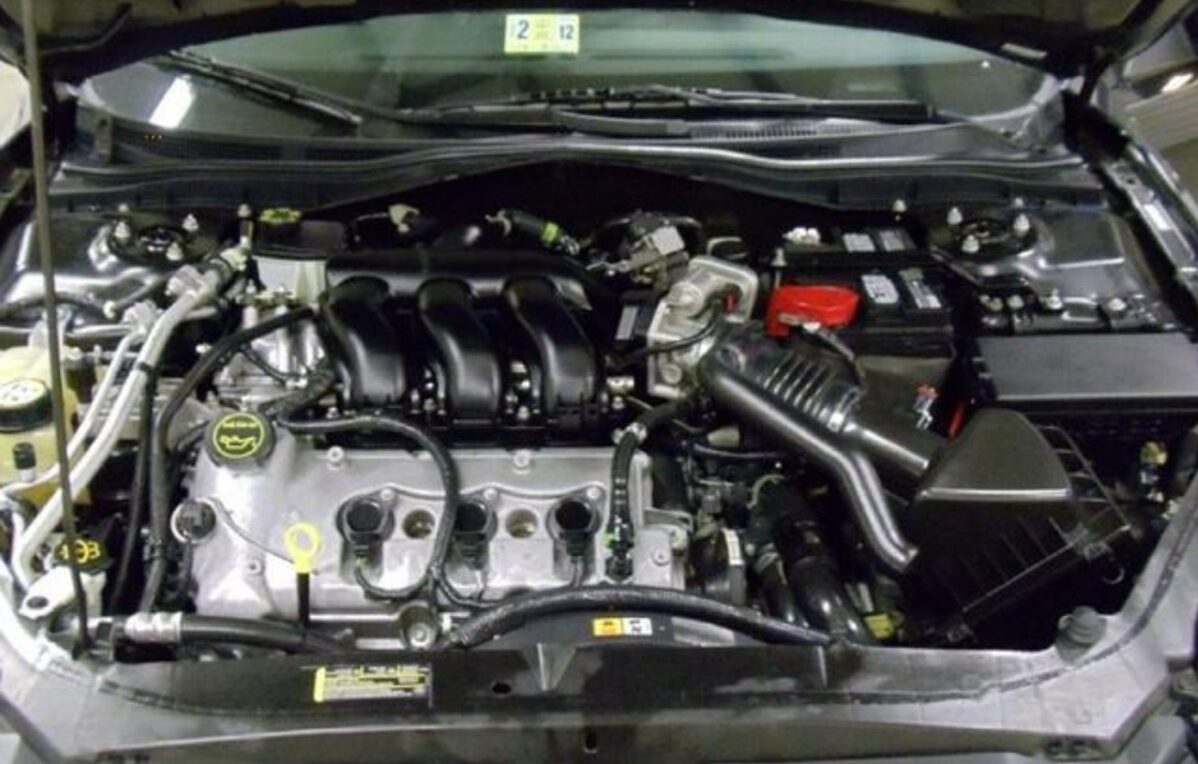
Horsepower? Meh. Torque? Decent. Longevity? Legendary. These engines commonly pass the 250,000-mile mark with minimal fuss, and they never ask for premium gas to do it.
You won’t find cutting-edge tech here—just a cast-iron block, simple fuel injection, and components that are dirt cheap to replace. Perfect for DIY mechanics or anyone driving on a shoestring budget.
It’s not refined, it’s not fast—but the Vulcan V6 is one of the last great examples of old-school engine engineering. Cheap gas, cheap parts, and a will to live. What more can you ask for?
4. Chevrolet 5.3L Vortec V8 (Silverado, Tahoe, Suburban)
Big V8s and cheap gas don’t usually go hand-in-hand, but the Chevy 5.3L Vortec V8 flips the script. A staple in Silverado pickups and full-size SUVs like the Tahoe and Suburban, this engine offers solid power and runs happily on 87-octane.
Sure, it’s not as high-strung as its LS cousins, but that’s what makes it so usable. The 5.3L Vortec delivers reliable towing power, smooth performance, and low running costs, especially considering you’re fueling a full-size truck or SUV.
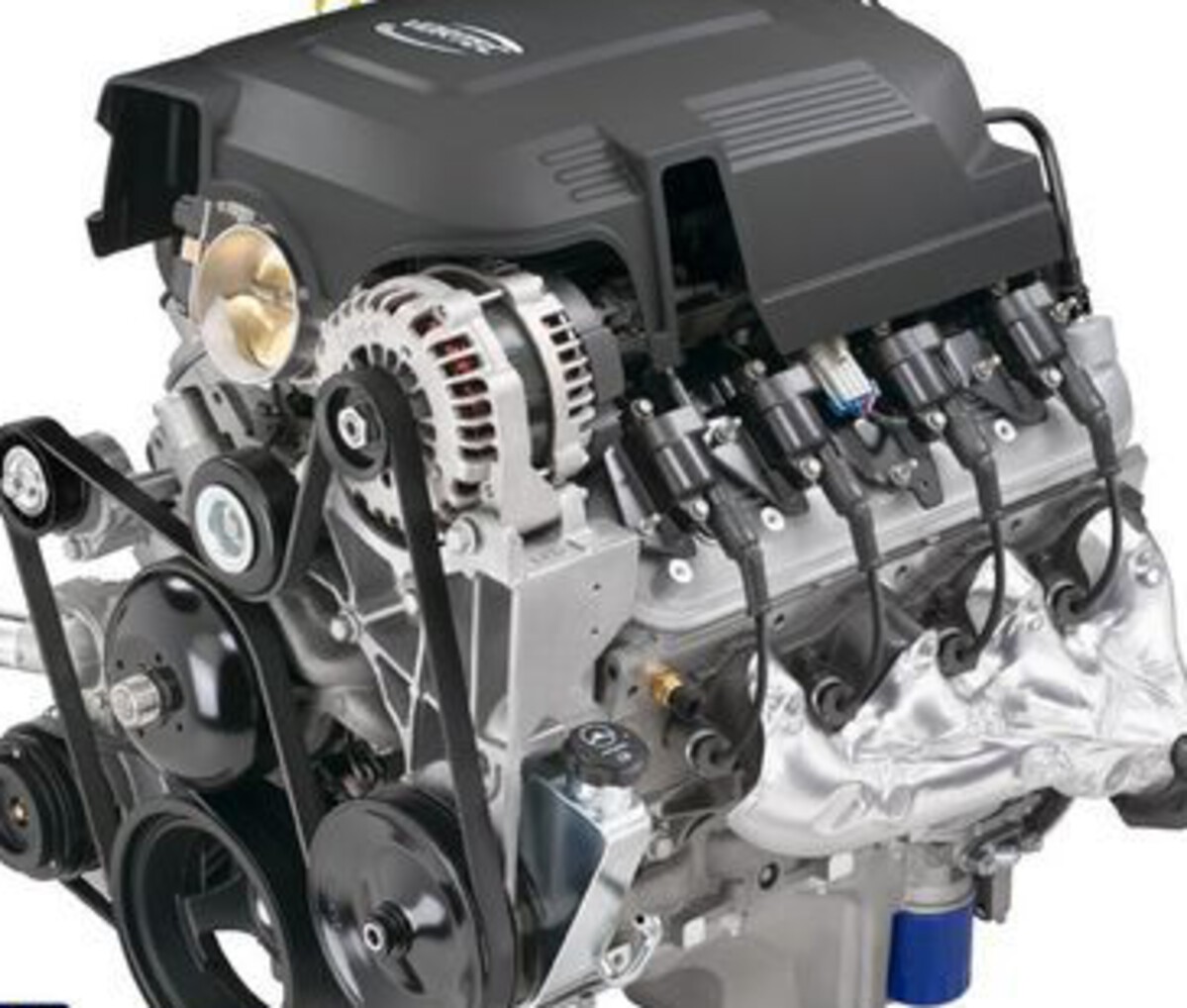
What makes it special is its adaptability. Whether you’re using it to haul trailers, for family vacations, or just cruising down the highway, this engine takes abuse and keeps running. Many owners report 300,000+ miles with routine maintenance. And crucially, you don’t need to splurge on premium fuel to keep it healthy.
Yes, it can develop oil consumption issues in higher mileage models, and the AFM (Active Fuel Management) system is known for some quirks. But those are fixable, and don’t change the fact that this is one of the most reliable and affordable V8s to own long term.
If you want truck power without the premium gas penalty, the 5.3L Vortec is your best friend.
5. Nissan 2.5L QR25DE (Altima, Rogue, Sentra SE-R)
You might not associate Nissan with bulletproof powertrains, but the QR25DE deserves credit. Found in a wide range of vehicles like the Altima, Rogue, and even Sentra SE-R models, this 2.5L inline-four engine was designed with simplicity and economy in mind—and yes, it runs like a champ on regular 87-octane.
This isn’t a high-performance engine. It’s all about usability. The QR25DE is a workhorse that delivers decent torque, modest horsepower, and very low operating costs. For folks who drive a lot—especially in cities—this engine is a solid choice.
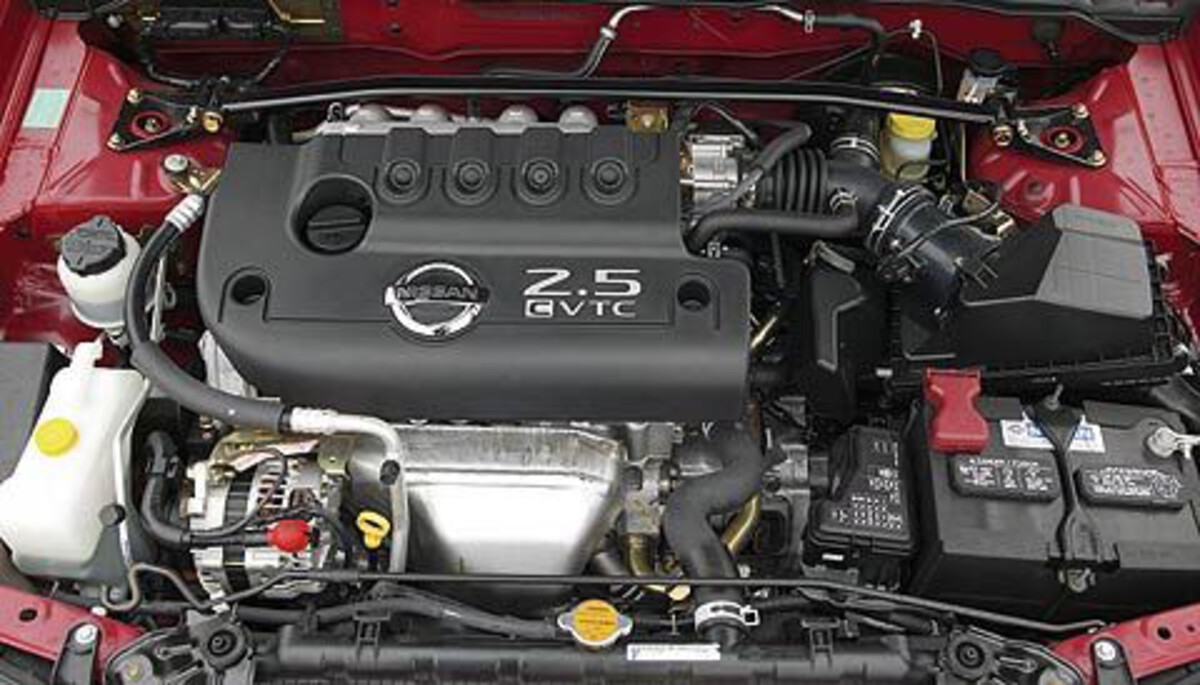
It handles long commutes, traffic, and even occasional highway sprints without needing premium fuel to stay smooth.
It does have some quirks. Earlier versions had issues with pre-cat failures and oil consumption, but Nissan addressed most of that in later generations. With proper care, this engine can deliver 250,000 miles or more.
It’s simple to repair, cheap to maintain, and doesn’t burn a hole in your pocket every time you fill up. If you’re buying a used Nissan from the 2000s or early 2010s, and you want to stick to regular gas, the QR25DE is a safe bet.
5 Engines That Demand Premium or Die
High-performance, high-compression, or high-maintenance—these engines don’t just want premium fuel. They absolutely need it. Starve them of it, and you’re asking for knock, misfires, or worse.
ALSO READ: 5 Trucks That Survive Off-Road Beatings and 5 That Snap Under Pressure
1. BMW N54 3.0L Twin-Turbo I6 (335i, 135i, 740i)
Let’s not kid ourselves—BMW’s N54 engine is a beast. This twin-turbocharged inline-six powered a generation of BMW’s most iconic models like the 335i and 135i. With factory ratings pushing out 300 horsepower, it’s a tuner’s dream. But here’s the catch—it absolutely requires premium fuel.
Run it on regular gas, and you’re asking for a world of hurt. The N54 has a high-compression turbo setup that’s tuned to the edge for maximum performance. It’s extremely knock-sensitive, and using anything less than 91-octane can result in misfires, detonation, or even long-term internal damage.
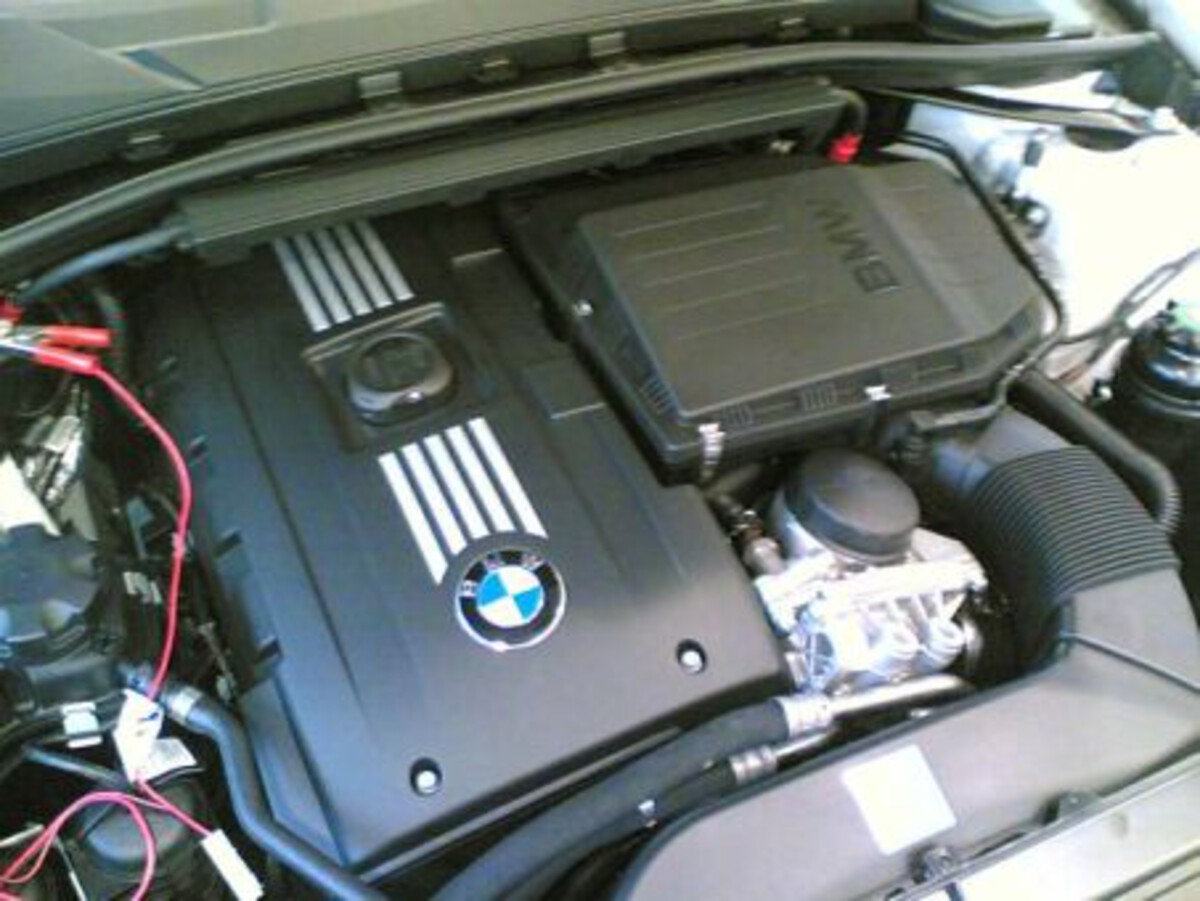
This engine also has a reputation for being high-maintenance. Leaky turbos, carbon buildup, and injector issues are all part of the ownership experience. But here’s the thing—when it’s well-fed with the right octane and properly maintained, the N54 becomes a monster. Tuners have pushed it beyond 500+ horsepower on stock internals.
BMW didn’t design this engine with cost-cutting in mind. It’s a precision-built performance motor that delivers insane power, but at a premium. If you’re thinking about owning an N54-powered BMW, understand that premium fuel is non-negotiable.
Ignore that, and you’ll be shelling out for repairs faster than you can say “check engine light.”
2. Mazda 2.3L DISI Turbo (Mazdaspeed3, Mazdaspeed6)
The Mazdaspeed 2.3L DISI Turbo engine is a torque-hungry rocket strapped into a hatchback. It powered the much-loved Mazdaspeed3 and Mazdaspeed6, and it put Mazda firmly in the hot hatch hall of fame. With up to 263 horsepower on tap, it delivered thrilling performance—but only if you fed it the good stuff: premium fuel.
This direct-injection turbocharged engine was ahead of its time, but it’s also extremely octane-sensitive. Run regular gas in it, and you’ll feel the ECU pull timing instantly. Push too hard, and the knock sensors will go into overdrive. Long-term use of lower-octane fuel can lead to detonation, misfires, and potentially even piston ring or rod issues.
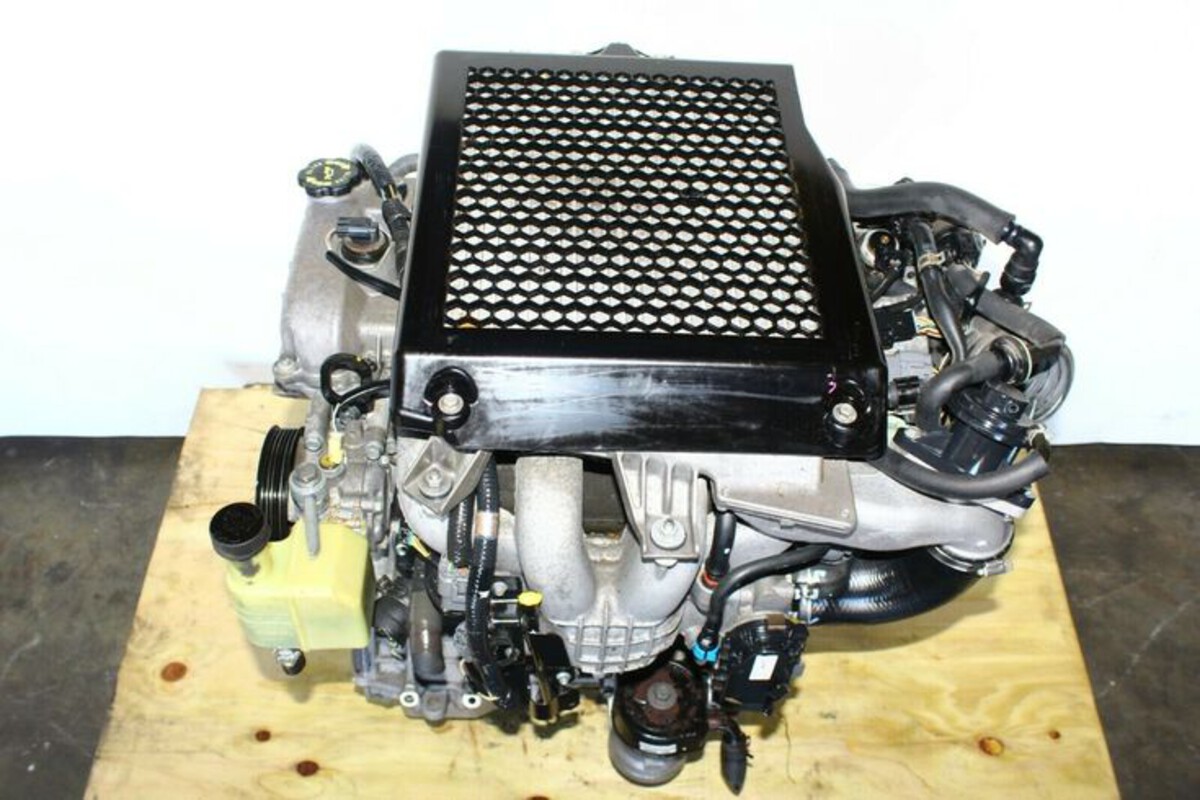
While it’s an absolute joy to drive, the DISI Turbo isn’t the most durable engine. Carbon buildup, fuel pump wear, and turbo heat soak can cause problems. But proper maintenance and premium gas use can stretch its lifespan significantly.
For enthusiasts who want a budget-friendly performance car with an edge, the Mazdaspeed3 is a killer choice—but only if you commit to 91-octane or higher. Trying to cut corners at the pump will come back to bite hard, both in performance and repair bills.
3. Subaru EJ257 2.5L Turbo Boxer (WRX STI)
Subaru’s legendary EJ257 engine—the heart of the WRX STI—is one of the most iconic boxer engines in rally history. It’s a 2.5L turbocharged flat-four that produces insane boost, all-wheel-drive traction, and serious performance. But it’s also one of the pickiest engines ever when it comes to fuel.
If you don’t run premium 91-octane or higher, this engine will let you know. Loudly. Its compression ratio, combined with aggressive factory tuning, makes it highly vulnerable to knock and pre-ignition.
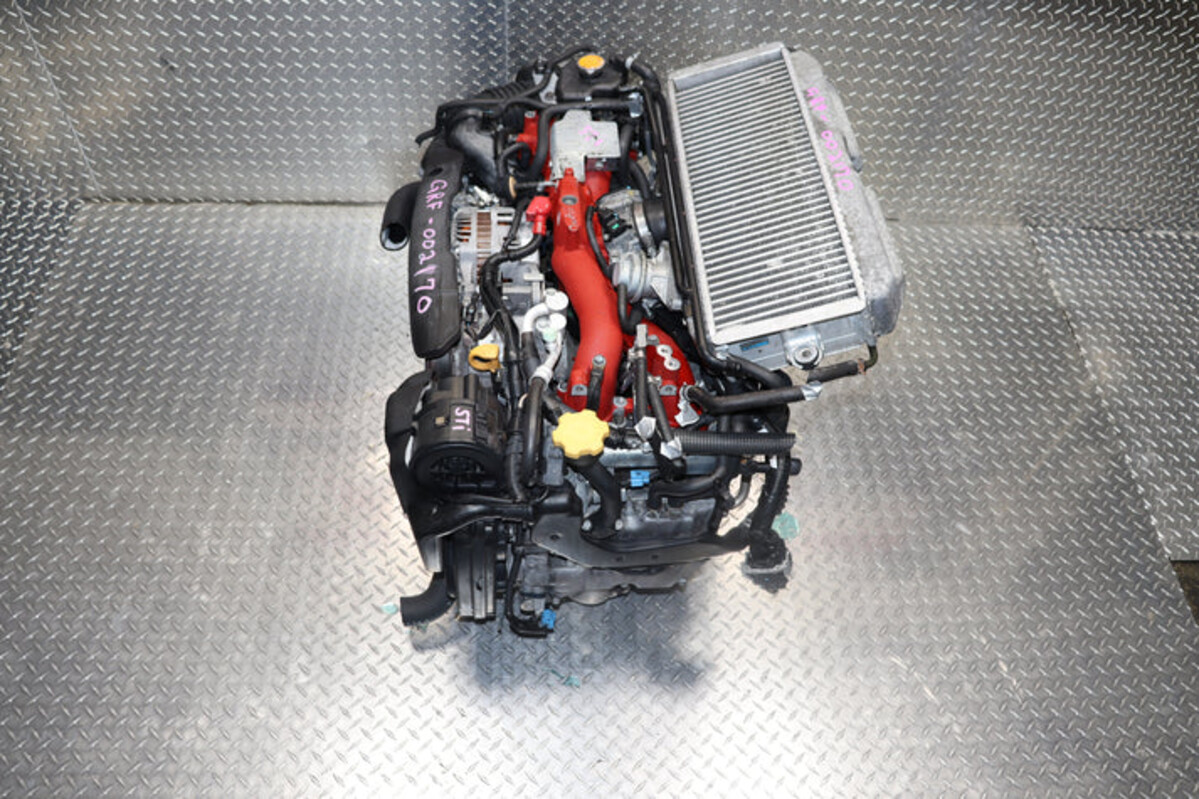
Subaru itself warns that using anything less than premium will not only lower performance but also potentially damage the engine.
The EJ257 is notorious for blown head gaskets, spun bearings, and detonation issues—especially when it’s starved of quality fuel or maintained poorly. Owners who skimp on octane often experience boost cut, misfires, or worse. With tight tolerances and older architecture, it just doesn’t tolerate corner-cutting.
Still, when treated right—with premium gas, timely oil changes, and quality mods—the EJ257 can last for 150,000 miles or more and deliver rally-car performance every time you stomp the gas.
But skip premium? Don’t even think about it.
4. Mercedes-Benz M156 6.2L V8 (AMG models like C63, E63)
The Mercedes-AMG M156 is a hand-built 6.2L naturally aspirated V8 that roars like a thunderstorm and redlines like a racecar. With power outputs well over 450 horsepower, this engine was a marvel in performance sedans like the C63, E63, and S63. But that high-revving, big-displacement glory comes at a price: it demands premium fuel to survive.
This isn’t an engine you can mess around with. The M156 features high compression (11.3:1) and extremely aggressive timing maps. Feed it anything less than premium and you’ll risk pinging, misfiring, or severe long-term damage.
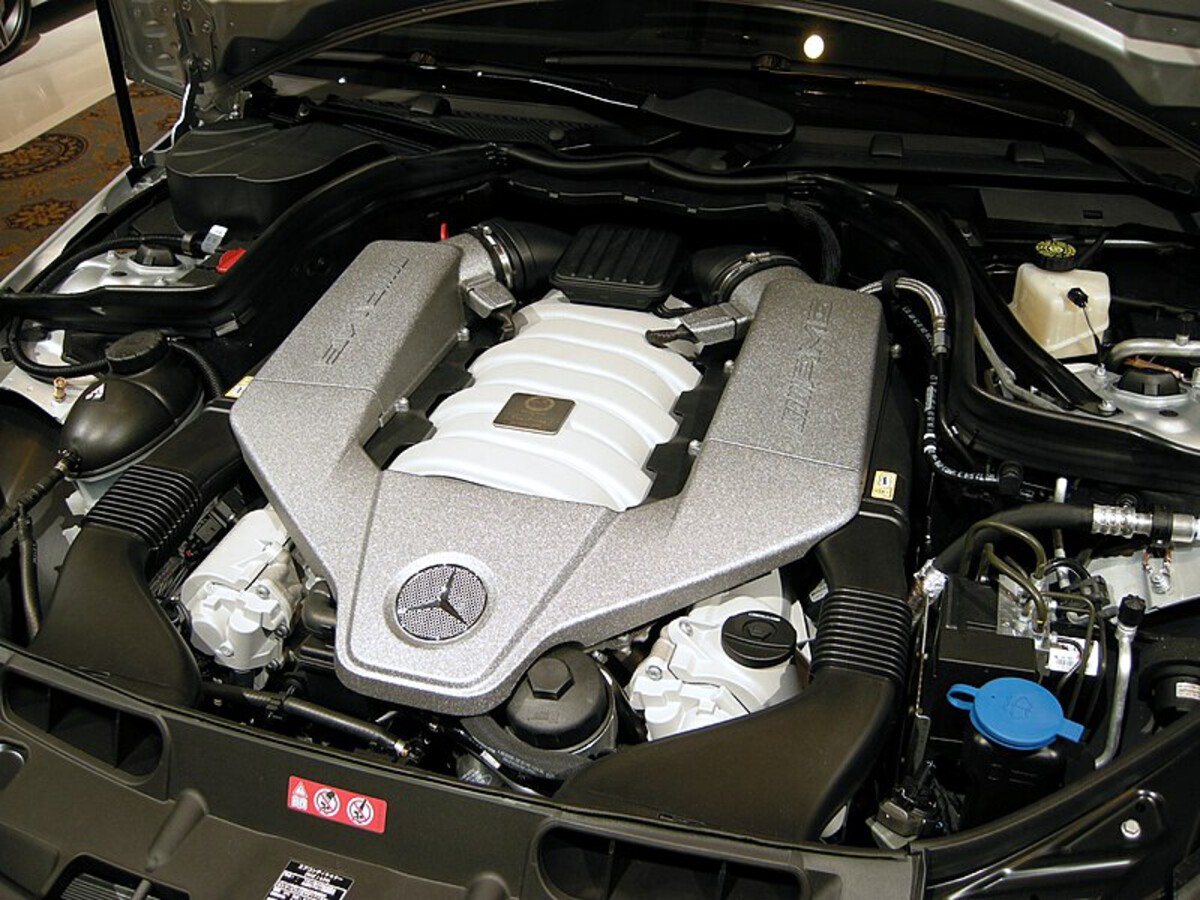
To make things worse, the M156 is already known for potential issues like camshaft adjuster wear and head bolt failures. So starving it of proper fuel only accelerates its mechanical risks.
If you want that glorious AMG V8 soundtrack, you’ll need to treat it like royalty at the gas station.
5. Volkswagen EA888 Gen 3 2.0T (GTI, Golf R, Audi A4)
The VW EA888 Gen 3 2.0T engine is found across a range of high-performance compacts and sedans—Golf GTI, Golf R, Audi A4, and more. It’s a potent little turbocharged four-cylinder that balances power and efficiency beautifully… but only when you feed it premium fuel.
This direct-injection turbo engine runs with tight tolerances and a relatively high compression ratio for a turbo unit (9.6:1). VW and Audi both specify 91-octane or higher, and the ECU is calibrated to expect it.
Running regular gas will result in reduced performance and increased knock risk. In worst cases, it can lead to long-term wear on pistons and turbo components.
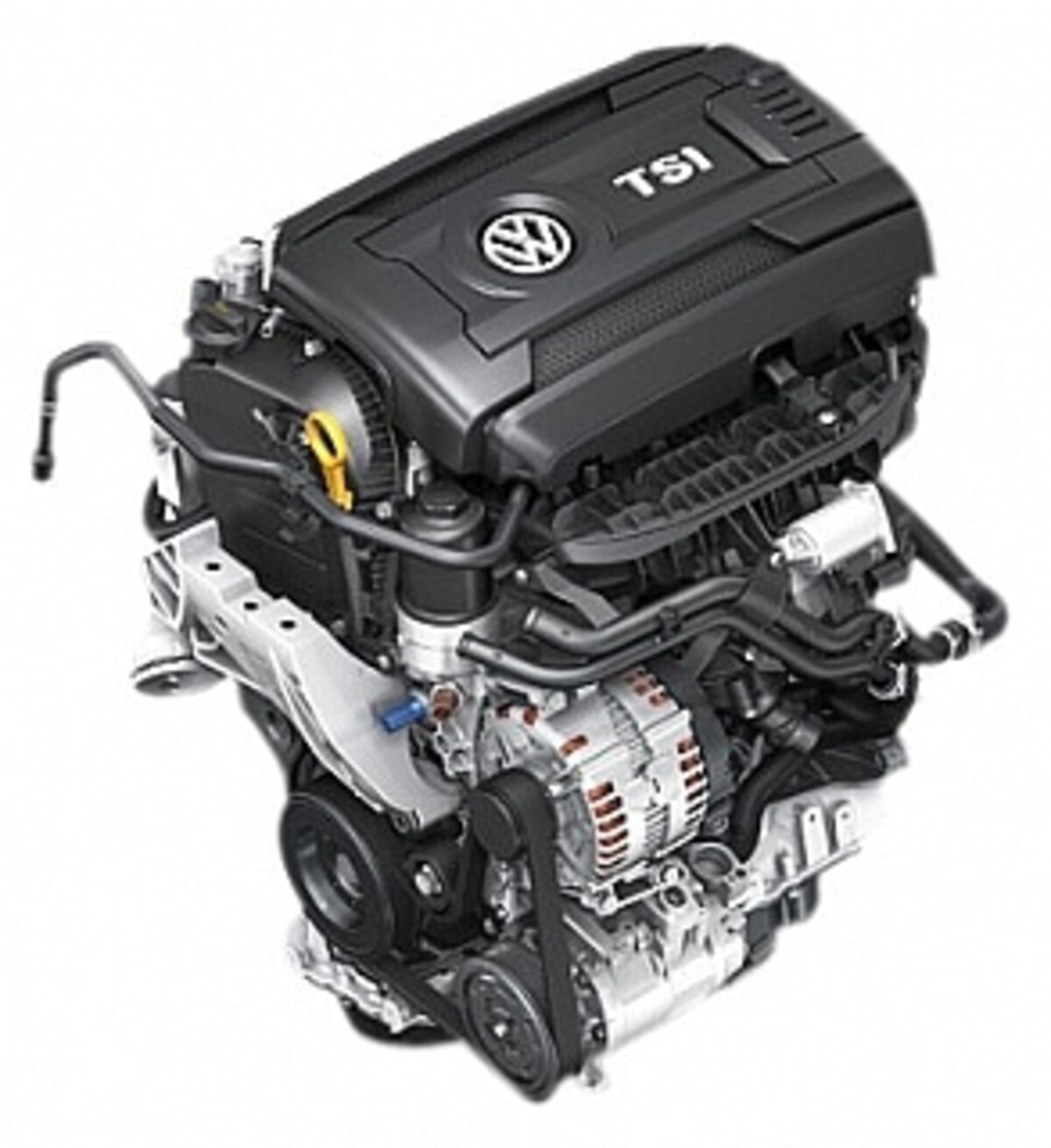
The EA888 also has its own quirks—timing chain tensioner failures, carbon buildup, and PCV system wear—but many of these are manageable with routine care. However, if you skimp on octane, all bets are off. You’ll feel turbo lag, sluggish acceleration, and eventually, see that dreaded check engine light.
For a modern Euro engine, it’s impressively refined and fun to drive. But trying to cheap out at the gas station will kill that experience fast. If you own or are buying a VW or Audi with this engine, premium fuel is part of the deal.
Final Verdict: Fuel Up or Pay Up
In the never-ending war between performance and practicality, your engine’s appetite for fuel is a battle line you can’t ignore. The difference between running on regular or demanding premium doesn’t just affect your wallet—it defines how long your car lasts and how well it performs.
For many drivers, choosing a car with an engine that thrives on cheap gas is a smart move for low-stress, long-term ownership. These engines—like Toyota’s 2AZ-FE or Chevy’s 5.3L Vortec—are legends in their own right because they deliver serious miles without expensive fuel.
But then there’s the flip side: engines that exist purely for thrill, power, and speed. These beasts—like the BMW N54 or Subaru’s EJ257—live and die by octane. Skimp on fuel, and you’re gambling with thousands in repairs.
So, whether you’re hunting for your next ride or just trying to understand the engine under your hood, know this: not all engines are created equal, and some have champagne taste even if your budget is beer.
Make your choice with open eyes and an open wallet—because in the world of internal combustion, fuel is more than just a number on a pump. It’s the lifeblood of your engine’s legacy.

